Home>Gardening & Outdoor>Landscaping Ideas>How Long Does It Take For A Horse To Founder On Grass
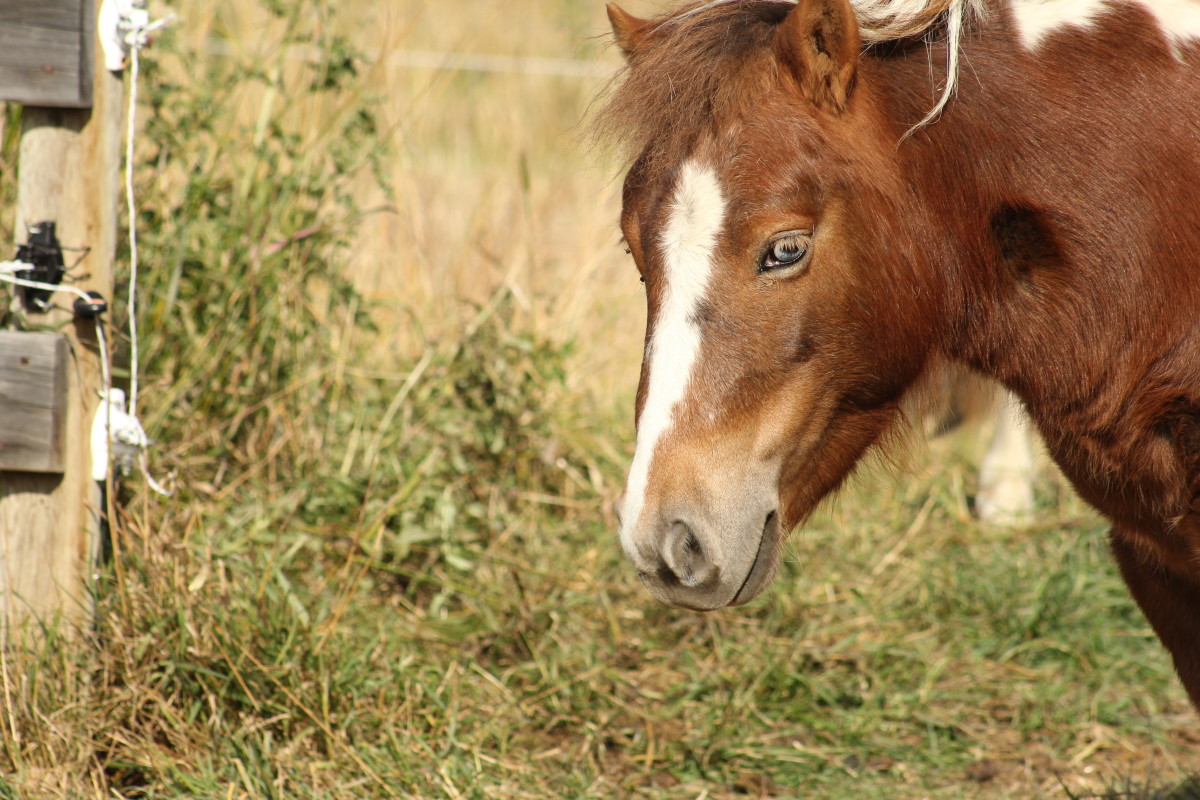

Landscaping Ideas
How Long Does It Take For A Horse To Founder On Grass
Modified: October 20, 2024
Learn how landscaping ideas can help prevent horses from foundering on grass. Discover the ideal grazing time to ensure your horse's health and well-being.
(Many of the links in this article redirect to a specific reviewed product. Your purchase of these products through affiliate links helps to generate commission for Storables.com, at no extra cost. Learn more)
Introduction
Landscaping can transform any outdoor space into a picturesque and functional environment. Whether you're aiming to create a serene retreat, a vibrant entertainment area, or a sustainable garden, the possibilities are endless. However, achieving your desired landscape requires careful planning and consideration of various elements, such as layout, plant selection, and hardscaping features.
When it comes to landscaping, the possibilities are as vast as the great outdoors itself. From lush gardens to inviting patios, the right landscaping ideas can elevate the aesthetic appeal and functionality of any outdoor space. Whether you're a seasoned gardener or a novice enthusiast, there's always something new to explore in the world of landscaping.
In this comprehensive guide, we'll delve into a myriad of landscaping ideas that cater to different preferences and purposes. Whether you're looking to create a tranquil oasis, a vibrant social hub, or a sustainable garden, the following ideas are sure to inspire and guide you in transforming your outdoor space into a captivating and functional landscape.
Key Takeaways:
- Founder, or laminitis, is a painful hoof condition in horses caused by factors like diet, weight-bearing, and metabolic disorders. Recognizing signs and taking preventive measures are crucial for horse owners.
- Preventing founder in horses involves managing diet, hoof care, grazing, weight, and environment. By taking proactive measures, horse owners can reduce the risk of laminitis and promote optimal hoof health.
Read more: How Long Does It Take For Grass To Grow
Understanding Founder in Horses
Founder, also known as laminitis, is a debilitating condition that affects horses’ hooves. It occurs when the sensitive laminae within the hoof become inflamed, leading to severe pain and potential structural damage. Laminitis can be triggered by various factors, including dietary changes, metabolic disorders, and excessive weight-bearing on hard surfaces.
The sensitive laminae play a crucial role in supporting the horse’s weight and maintaining the structural integrity of the hoof. When inflammation occurs, it compromises the laminae’s ability to bear weight effectively, leading to immense discomfort for the horse. In severe cases, laminitis can result in the rotation or sinking of the coffin bone within the hoof, causing long-term lameness and decreased quality of life for the animal.
Understanding the underlying causes and contributing factors of laminitis is essential for effective prevention and management. By recognizing the early signs and implementing appropriate measures, horse owners and caretakers can mitigate the risk of laminitis and safeguard the well-being of their equine companions.
Factors Affecting the Development of Founder
Several factors can contribute to the development of founder in horses, ranging from dietary imbalances to metabolic conditions. Understanding these influencing factors is crucial for implementing preventive measures and minimizing the risk of laminitis. Some of the primary factors affecting the development of founder include:
- Dietary Imbalances: A diet high in non-structural carbohydrates, such as starches and sugars, can disrupt the microbial balance in the horse’s gut, leading to an increased risk of laminitis. Additionally, rapid changes in diet or overconsumption of rich pasture grass can trigger digestive disturbances that contribute to the onset of laminitis.
- Metabolic Disorders: Horses with metabolic conditions, such as Equine Metabolic Syndrome (EMS) or Cushing’s disease (PPID), are predisposed to developing laminitis. These disorders affect hormone regulation and insulin sensitivity, making affected horses more susceptible to laminitis, especially when exposed to high-sugar forage or feed.
- Excessive Weight-Bearing: Prolonged standing on hard surfaces, especially for horses with inadequate hoof support or conformational issues, can increase the risk of laminitis. The repetitive stress on the hooves can compromise the laminae, leading to inflammation and potential structural damage.
- Concussive Forces: Intense physical activity on hard ground or prolonged exposure to concussive surfaces can exacerbate the risk of laminitis. The repetitive impact and vibration transmitted through the hooves can contribute to lamellar trauma, predisposing the horse to laminitis.
- Endocrine Disruption: Environmental factors, such as exposure to excessive artificial light or hormonal disruptors, can impact the horse’s endocrine system, potentially influencing metabolic function and increasing the susceptibility to laminitis.
By addressing these contributing factors through appropriate management practices, dietary modifications, and veterinary care, horse owners can significantly reduce the risk of laminitis and promote the overall well-being of their equine companions.
Signs and Symptoms of Founder in Horses
Recognizing the signs and symptoms of founder in horses is crucial for early intervention and effective management of the condition. While the severity of laminitis can vary, understanding the common indicators allows horse owners and caretakers to promptly seek veterinary attention and implement supportive care. Some of the key signs and symptoms of founder include:
- Lameness: One of the primary indications of laminitis is lameness, characterized by the horse’s reluctance to move or walk. The lameness may be more pronounced on hard or uneven surfaces, as the affected hooves experience heightened discomfort and pain.
- Increased Digital Pulse: Palpating the digital pulse in the affected hooves may reveal an elevated and throbbing pulse, indicating inflammation and potential disruption of blood flow within the hoof.
- Shifting Weight: Horses with laminitis often exhibit a shifting of weight from one foot to another in an attempt to alleviate the pressure on the affected hooves. This shifting may be more noticeable when the horse is at rest or while standing.
- Reluctance to Bear Weight: Affected horses may display reluctance to bear weight on the affected hooves, often adopting a rocked-back stance to minimize pressure on the painful laminae.
- Heat in the Hoof: The affected hooves may exhibit increased warmth and heat, indicative of inflammation and heightened metabolic activity in response to the laminitic condition.
- Abnormal Hoof Growth: Chronic laminitis can lead to changes in hoof growth and structure, resulting in abnormal hoof shapes, such as a characteristic “founder ring” visible on the hoof wall.
- Behavioral Changes: Horses experiencing laminitis may display signs of distress, restlessness, or increased irritability, reflecting the discomfort and pain associated with the condition.
By remaining vigilant and observant of these signs, horse owners and caretakers can expedite the diagnosis and treatment of laminitis, thereby improving the prognosis and minimizing the long-term impact on the horse’s hoof health and overall well-being.
Monitor your horse’s grazing time and limit it to 2-4 hours a day to prevent founder on grass. Use a grazing muzzle if necessary.
Time Frame for a Horse to Founder on Grass
The time frame for a horse to founder on grass can vary significantly depending on several factors, including the horse’s individual susceptibility, the nutritional composition of the pasture, and the overall grazing management. While there is no definitive timeline for the onset of laminitis, several key considerations can influence the risk of a horse foundering on grass:
- Grazing Conditions: The quality and quantity of grass available for grazing play a pivotal role in determining the risk of laminitis. Lush, rapidly growing pasture grass with high sugar content, especially during periods of rapid growth or following a change in weather conditions, can elevate the risk of founder in susceptible horses.
- Horse’s Metabolic Status: Horses with underlying metabolic conditions, such as Equine Metabolic Syndrome (EMS) or Cushing’s disease (PPID), are more prone to developing laminitis when exposed to high-sugar grass. Their impaired insulin regulation and heightened sensitivity to dietary sugars increase the likelihood of rapid-onset laminitis.
- Duration of Grazing: Prolonged and unrestricted access to high-sugar pasture grass can escalate the risk of laminitis, particularly if the horse consumes excessive quantities of rich forage within a short time frame. Limiting grazing duration and employing controlled turnout strategies can help mitigate the risk of founder.
- Seasonal Variations: The seasonal fluctuations in grass growth and composition can impact the risk of laminitis. Spring and early summer, characterized by lush, high-sugar pasture growth, pose a heightened risk of founder, while the nutritional quality of grass may diminish in late summer and fall, reducing the risk to some extent.
While the exact time frame for a horse to founder on grass is not easily defined, proactive management practices, including regular pasture assessment, controlled grazing, and monitoring of the horse’s metabolic health, are essential for mitigating the risk of laminitis. By working closely with a veterinarian and implementing tailored feeding and turnout plans, horse owners can minimize the likelihood of their equine companions developing founder and promote optimal hoof health.
Read more: How Long Does It Take For Grass To Root
Preventing Founder in Horses
Preventing founder in horses requires a multifaceted approach that encompasses careful dietary management, attentive grazing practices, and proactive monitoring of the horse’s overall health. By implementing preventive strategies and maintaining a keen awareness of the risk factors associated with laminitis, horse owners can significantly reduce the likelihood of their equine companions developing this debilitating condition. Some key measures for preventing founder in horses include:
- Dietary Considerations: Ensuring a balanced and appropriate diet is fundamental in preventing laminitis. Limiting the intake of non-structural carbohydrates, such as sugars and starches, and providing access to low-sugar forage and feed can help mitigate the risk of founder, particularly for horses with metabolic predispositions.
- Regular Hoof Care: Routine hoof care, including regular trimming and maintenance by a skilled farrier, is essential for optimizing hoof health and minimizing the risk of laminitis. Proper hoof balance and support can alleviate undue stress on the sensitive laminae, reducing the likelihood of structural compromise.
- Managed Grazing: Implementing controlled turnout and grazing practices can significantly reduce the risk of laminitis. Utilizing grazing muzzles, employing strip grazing techniques, and monitoring pasture quality and growth can help limit the horse’s exposure to high-sugar grass, especially during periods of rapid growth or environmental fluctuations.
- Weight Management: Maintaining a healthy body condition and managing the horse’s weight is crucial for preventing laminitis. Regular exercise, appropriate feeding regimens, and vigilant monitoring of body condition scores can aid in preventing obesity and related metabolic imbalances that predispose horses to laminitis.
- Metabolic Monitoring: For horses with underlying metabolic conditions, regular veterinary assessments, including blood tests to evaluate insulin sensitivity and metabolic function, are essential for early detection and management of predisposing factors for laminitis.
- Environmental Considerations: Providing a supportive and low-stress environment for horses, including ample turnout space, comfortable resting areas, and minimized exposure to high-stress or concussive surfaces, can contribute to overall well-being and reduce the risk of laminitis.
By integrating these preventive measures into their equine care routines, horse owners can proactively safeguard their horses against the debilitating effects of laminitis, promoting optimal hoof health and overall well-being.
Conclusion
Landscaping ideas are as diverse and dynamic as the natural world itself, offering endless possibilities for creating captivating outdoor spaces that cater to various preferences and purposes. Whether you seek to cultivate a tranquil sanctuary, a vibrant social hub, or a sustainable garden, the realm of landscaping is rich with inspiration and innovation.
By understanding the nuanced interplay of design elements, plant selections, and functional features, you can embark on a journey of transforming your outdoor space into a personalized oasis that reflects your vision and enhances your lifestyle. From harmonious garden layouts to inviting hardscaping elements, the art of landscaping empowers you to craft an environment that resonates with beauty, functionality, and tranquility.
As you explore the myriad landscaping ideas presented in this guide, consider the unique characteristics of your outdoor space, the local climate, and your personal preferences. Embrace the opportunity to blend creativity with practicality, weaving together elements that elevate the aesthetic appeal and usability of your landscape.
Ultimately, landscaping is an art form that invites you to connect with nature, express your individuality, and curate spaces that inspire and rejuvenate. Whether you embark on a grand transformation or introduce subtle enhancements, the journey of landscaping is a testament to the enduring allure of the great outdoors and the boundless potential for creating captivating outdoor havens.
So, let your imagination flourish, and let the landscape become your canvas as you embark on a transformative journey of creating an outdoor sanctuary that embodies your unique vision and enriches your daily experience.
Frequently Asked Questions about How Long Does It Take For A Horse To Founder On Grass
Was this page helpful?
At Storables.com, we guarantee accurate and reliable information. Our content, validated by Expert Board Contributors, is crafted following stringent Editorial Policies. We're committed to providing you with well-researched, expert-backed insights for all your informational needs.
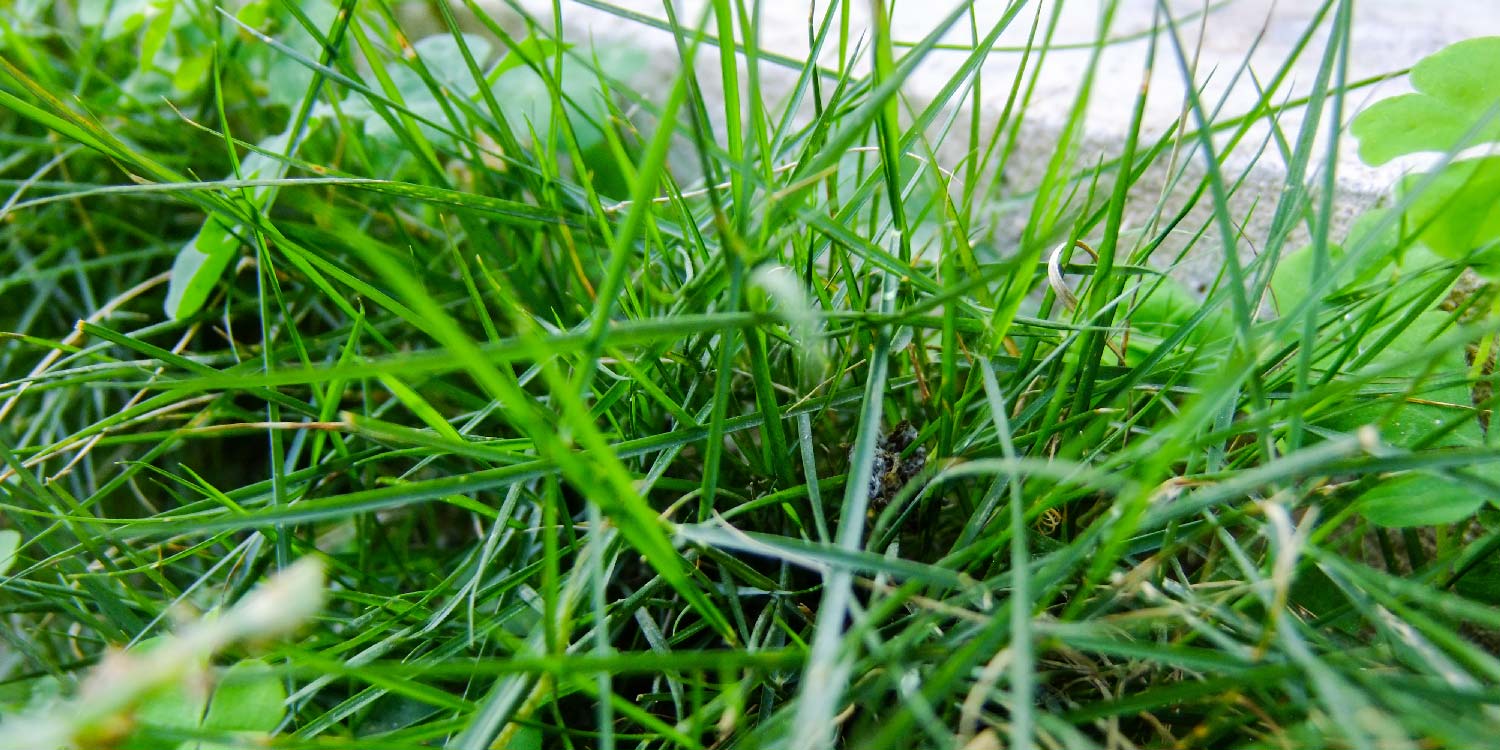
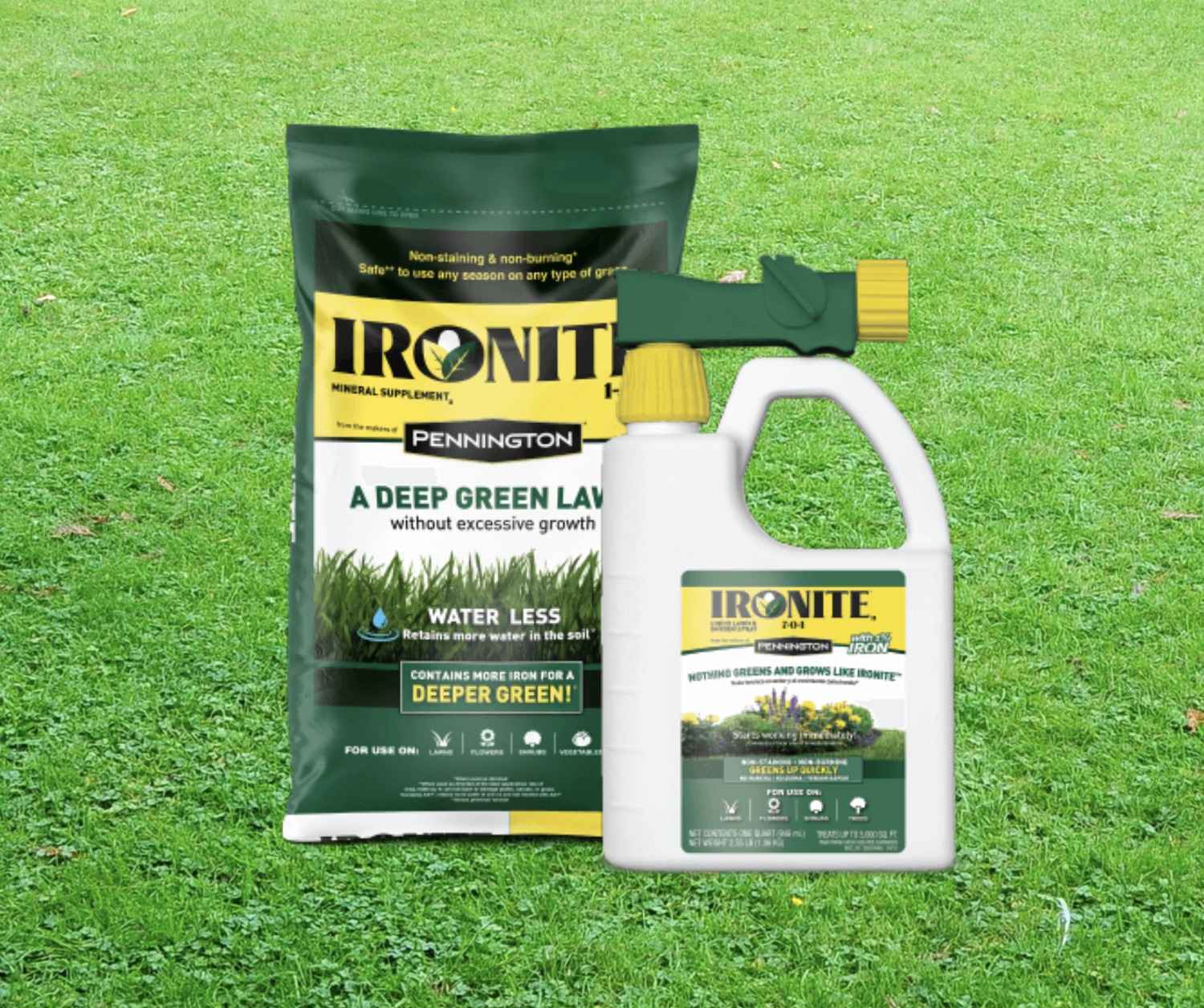
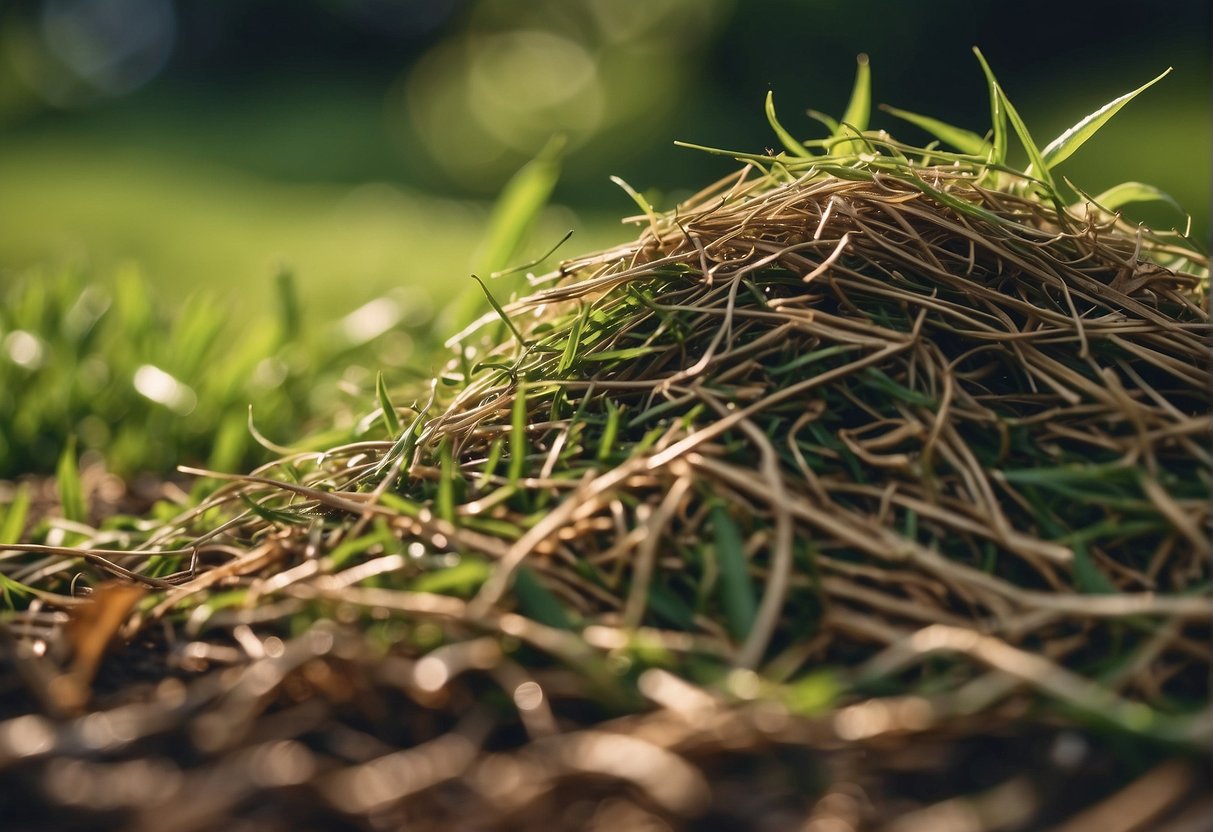
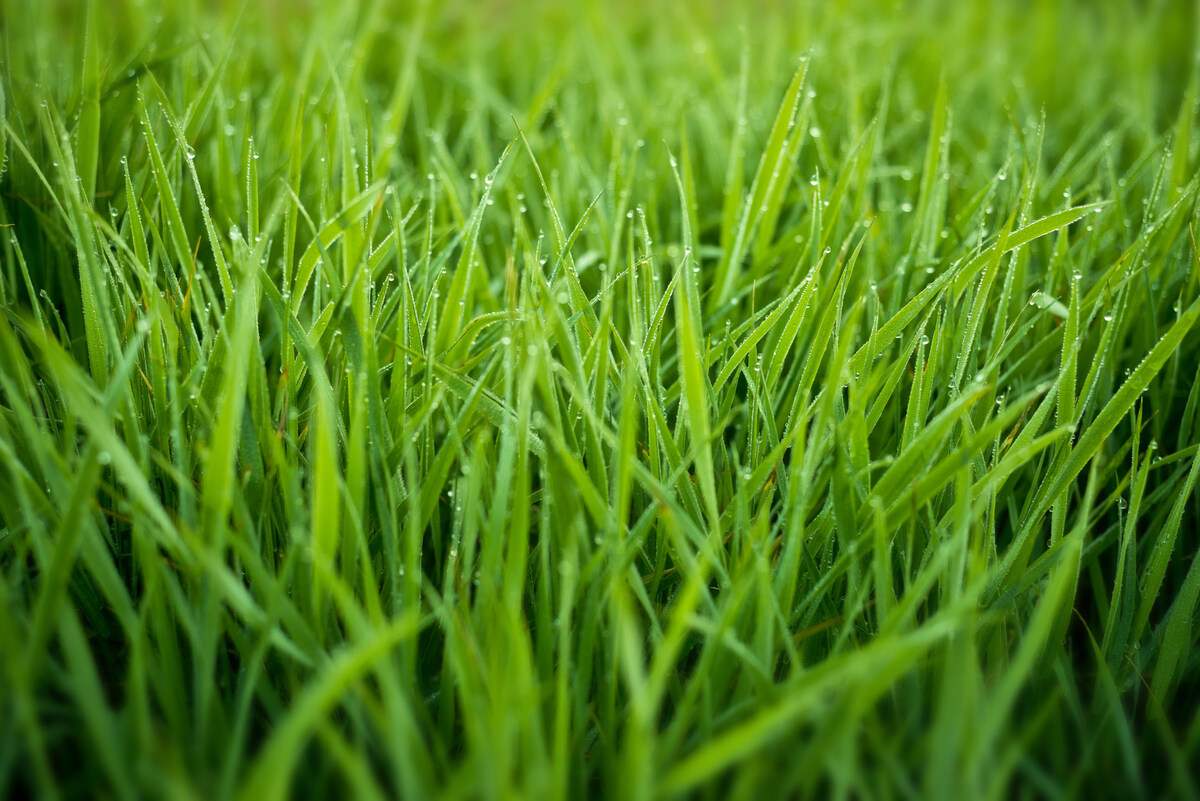
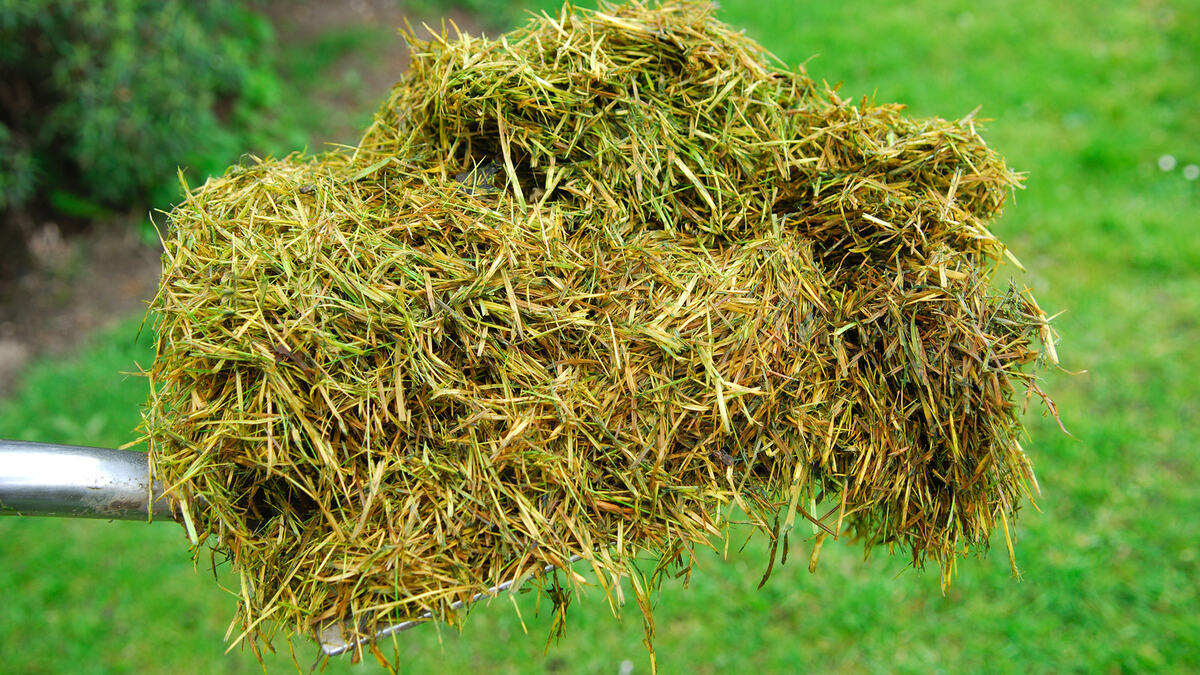
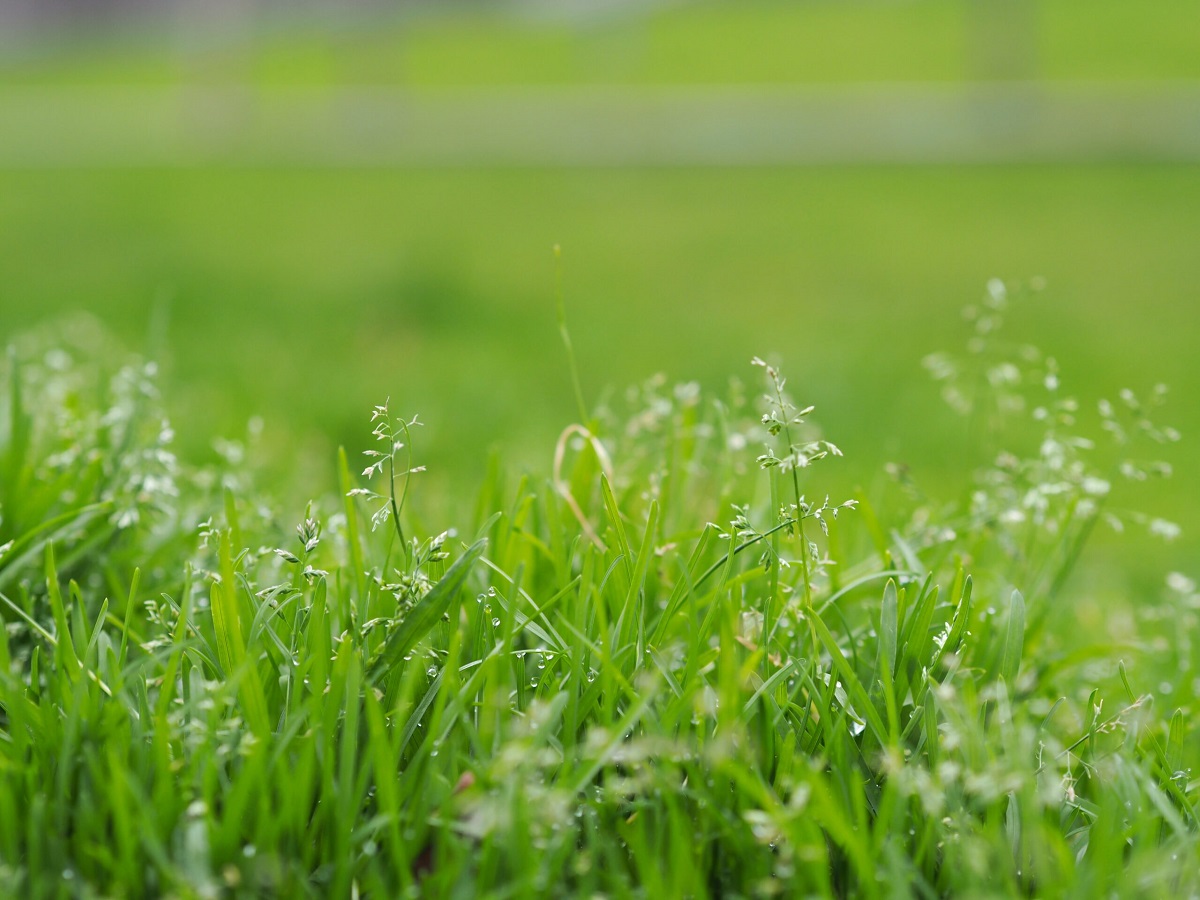

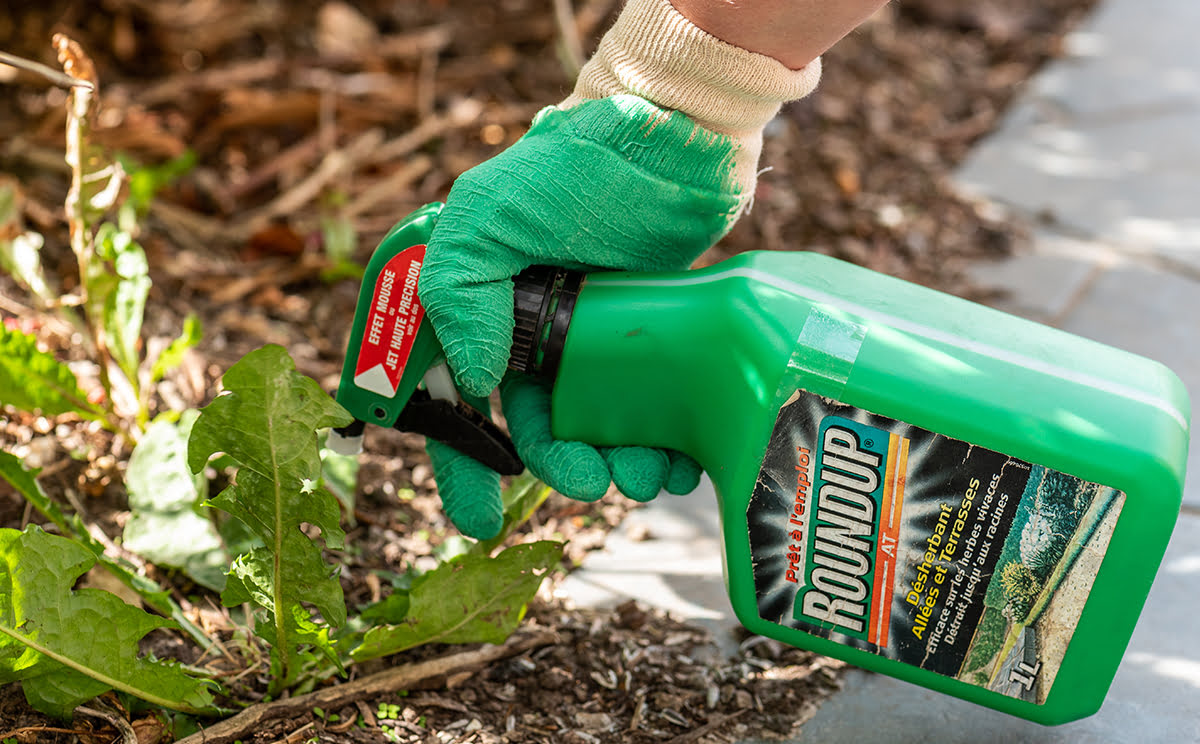
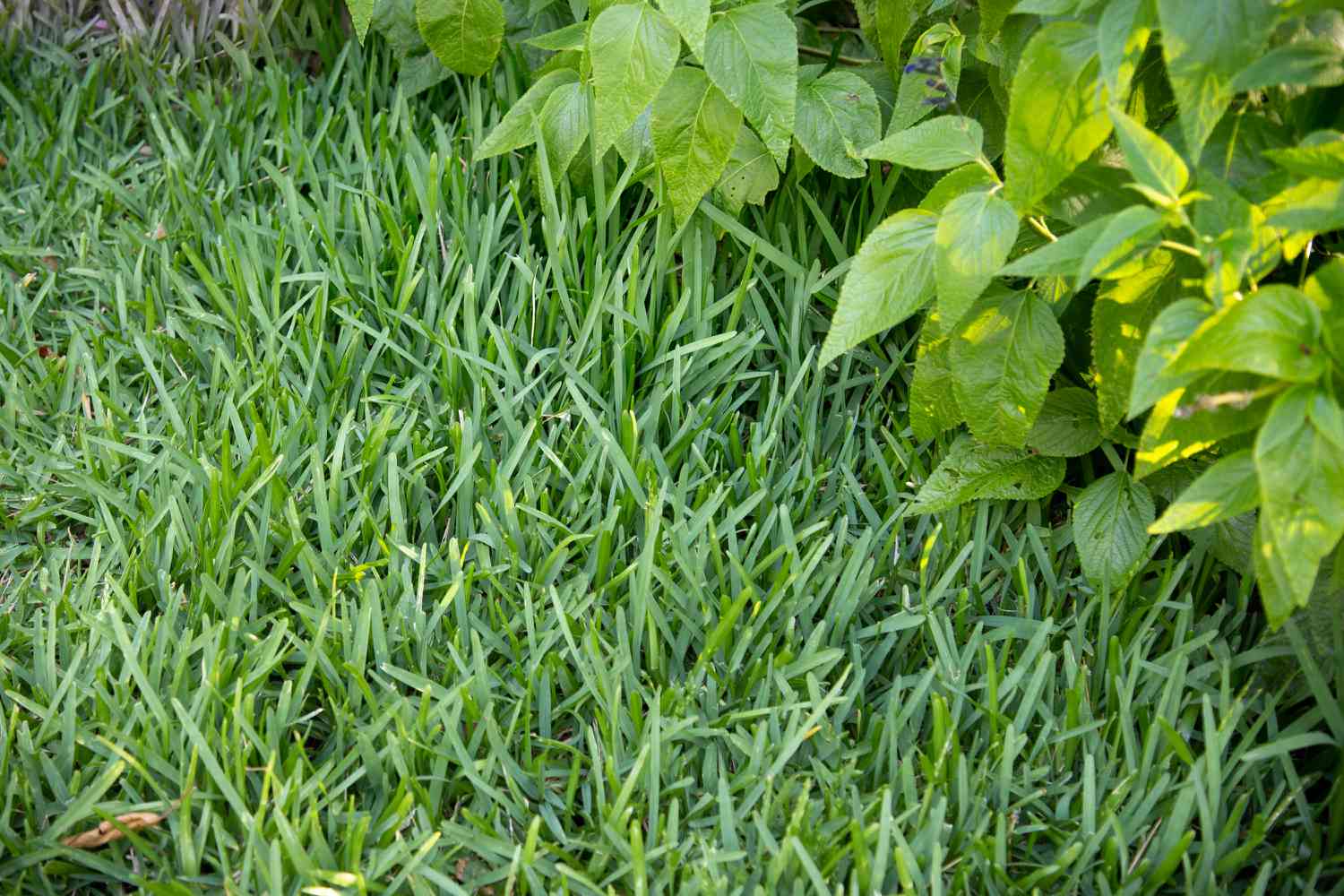
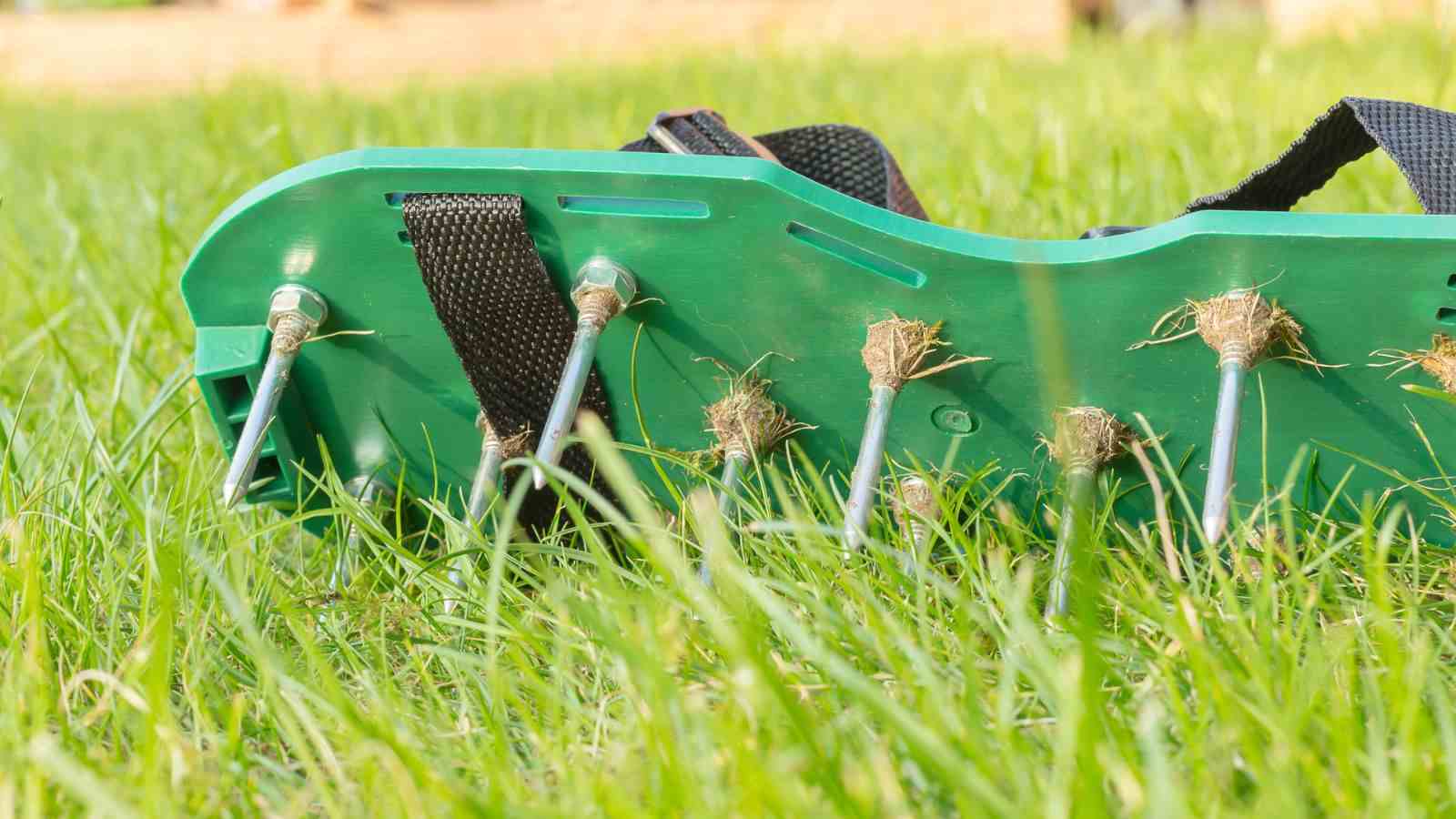
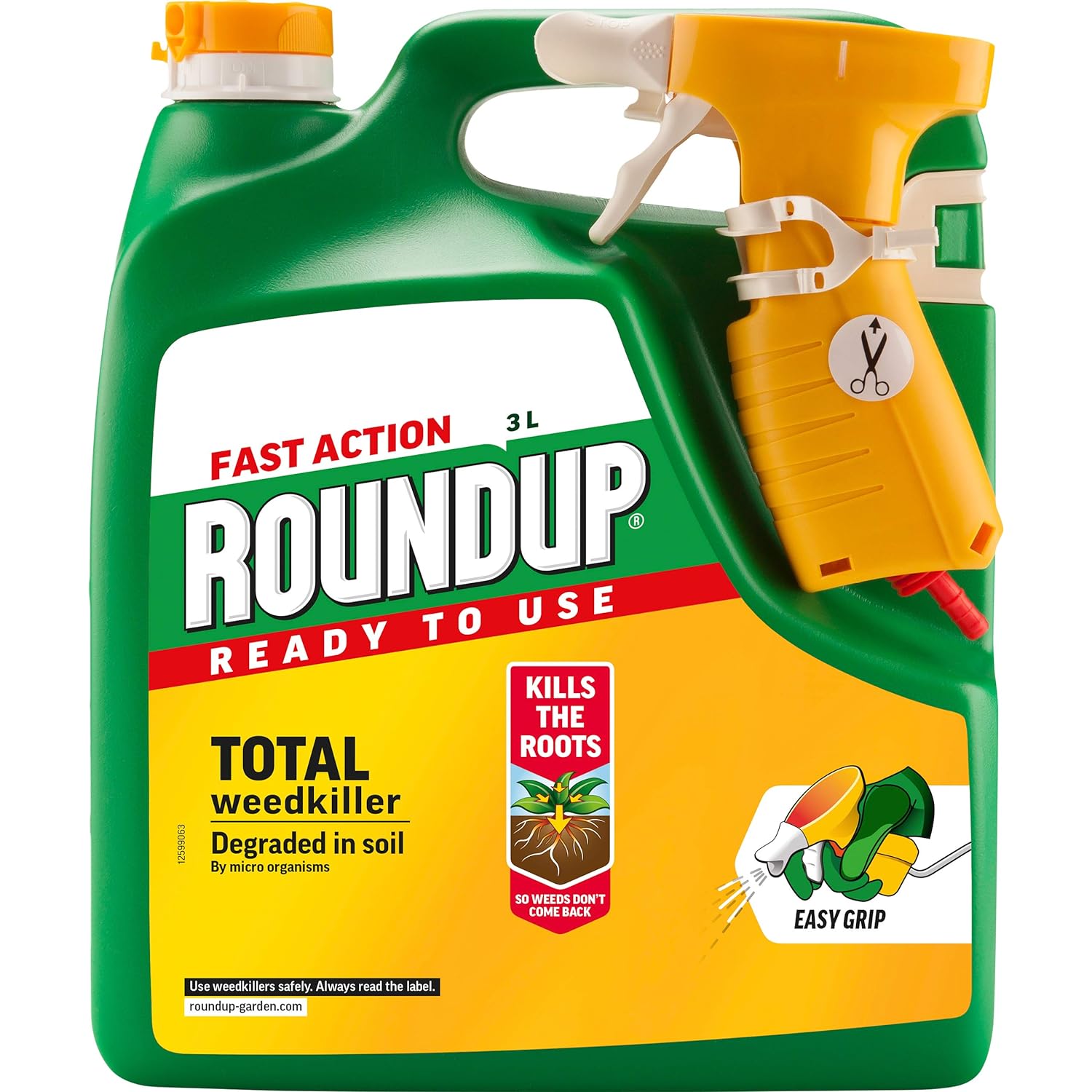
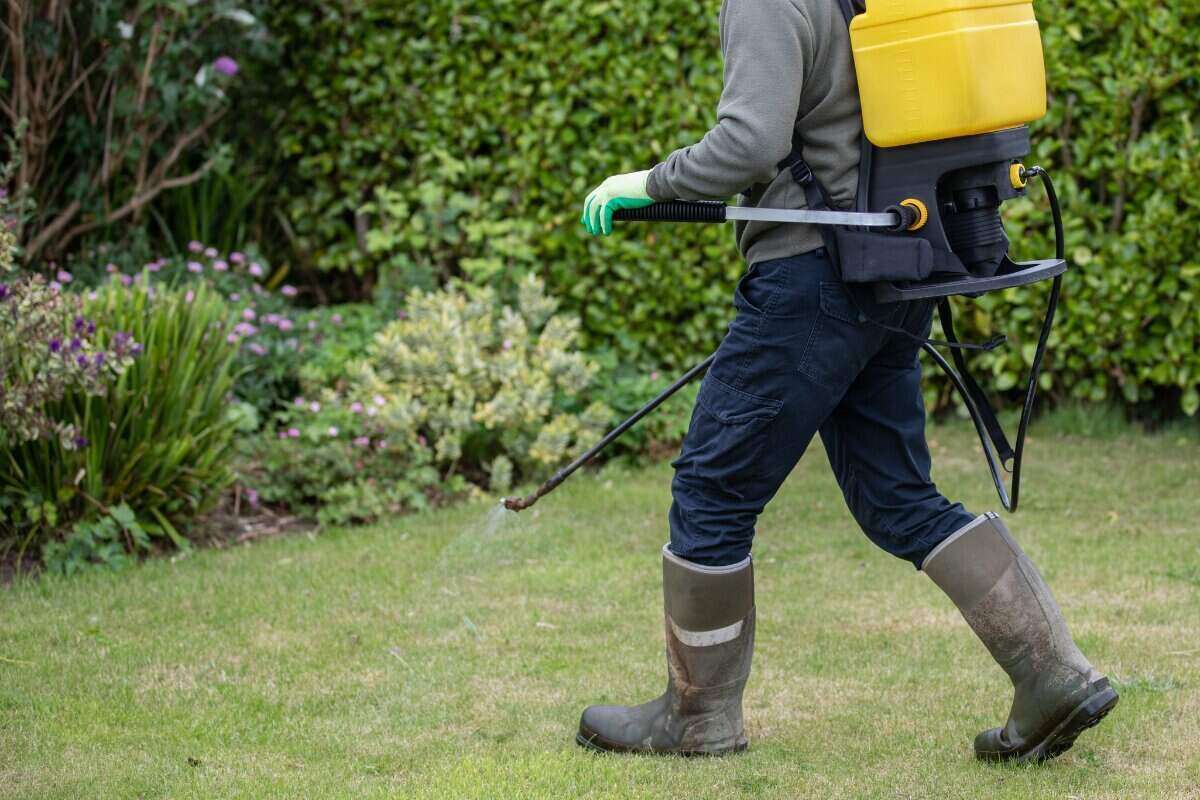
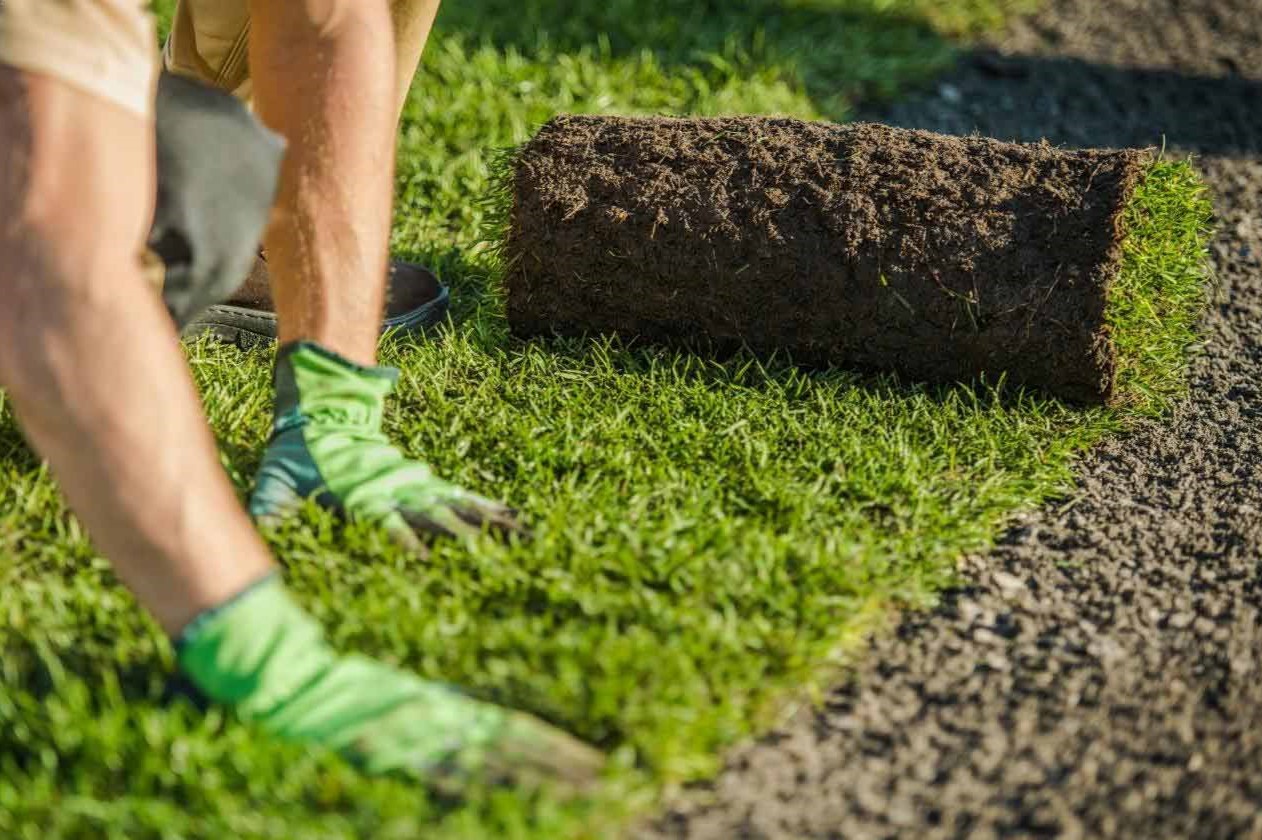


0 thoughts on “How Long Does It Take For A Horse To Founder On Grass”